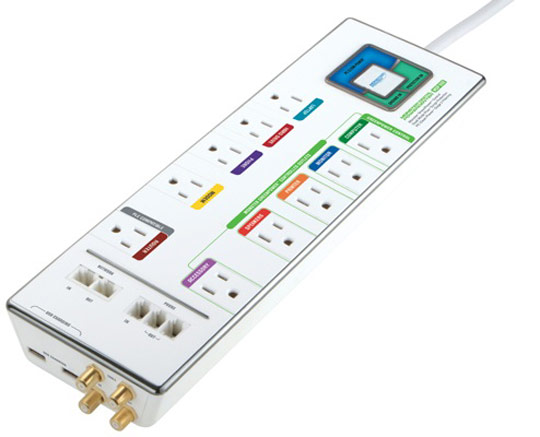The most important things aren’t always the most difficult. Take energy conservation, for instance. Sure, there are any number of expensive or time consuming ways to turn your home into a (dimly) shining beacon of conserved electricity, and yes, the future of our planet is worth a few thousand dollars and a year’s worth of weekends and holidays.
But come on. If we were into the effective-yet-difficult solutions, we wouldn’t all be sitting around reading “quick-tips” articles on the internet. So, for those of us who would rather not have to work too hard to keep the Mother Earth from becoming a toxic hellhole, here are four common and easy devices that can reduce your home’s energy consumption.
- LED Bulbs. Conventional incandescent light bulbs suck (up energy). Seriously, they waste about 80% of their energy as heat, which would be great if they were called heat bulbs, but they’re not. And apparently pumping out all of that unwanted heat in hard work, because your average bulb will only shine for about 1,000 to 2,000 hours before it burns out its filament. At that point, you’re either left with difficult-to-recycle garbage, or the world’s least impressive miracle. Instead, opt for new LED bulbs. LEDs use approximately 80% less energy than incandescence, and they last longer as well. In fact, life estimates for LED bulbs range from 25,000 hours all the way up to 100,000 hours, depending on whom you talk to. 100,000 hours equals about 11 years, so considering that LED replacement bulbs (the kind that you can screw into any old lamp) have only been around for a few years, I’m not sure that any of them have burnt out yet. Of course, LEDs do cost just a little bit more than a regular light bulb, but a household of LED lights will pay for itself pretty quickly by cutting down on your electric bill.
- Electric fans. If your home gets too warm in the summer, you probably run right to your AC unit. Well, it may feel nice to be able to see your breath when the thermometer outside reads 110° in the shade, but you’re not doing the environment any favors when you crank down the temperature. See, contrary to popular belief, turning your thermostat to all the way down is not a reliable way to combat global warming. In fact, air conditioning uses substantial amounts of electricity (which is usually generated in coal-burning power plants) and relies on dangerous chemicals that often end up in landfills. Instead, get some electric fans and use them to ward off the heat stroke. Yes, they still use electricity, but only a fraction of what the AC unit would suck up in the same amount of time. Alternately, you could dress down to deal with the heat, and conserve even more.

- Smart power strips. You may not realize it, but your appliances are a bunch of freeloading bums. They sit around all day, often not bothering to do any work at all (have you used your toaster in the last 24 hours?), and yet they continually suck up electricity. Well, the ones that remain plugged-in do, anyways. See, an appliance that’s hooked into an outlet continues to draw energy even when it’s not being used. This is called “phantom load,” because whoever got to name it was feeling particularly awesome that day. According to the US Department of energy, nearly 75% of the electricity used to power home electronics is used and wasted while the devices aren’t even turned on. Thankfully, there’s an easy solution: just unplug all of your appliances and plug them back in when you want to use them. Doubly thankfully, there’s an even easier solution: get some smart power strips. These strips allow you to plug multiple appliances into them at once, and cut off phantom load at the source, so you’ll won’t have to waste another kilowatt hour on that mooch of a toaster.
- Home automation. Yes, home automation. You might not think that home automation is common or simple, but you’d be wrong on both accounts. See, smart home technology is becoming more common every day, and if you go through a trusted professional automation provider such as Vivint, then you won’t have to worry about dealing with confusing jumble of incompatible systems; everything can be controlled from an easy to use central touch pad (or from a mobile smart device, for that matter). Smart homes have been known to reduce energy consumption substantially. Solar panels on the home are becoming much more prevalent than they used to be, and a smart thermostat alone could save you $50 dollars a month on heating or cooling bills. And as if those kind of returns weren’t enticing enough, home automation packages are getting less expensive all of the time. So, get off of your butt, take a deep breath, and get ready to do something easy for mother nature. After all, she allowed our species to survive the last ice age, it’s the least we can do.
Images via Ashley and Apartment Therapy
